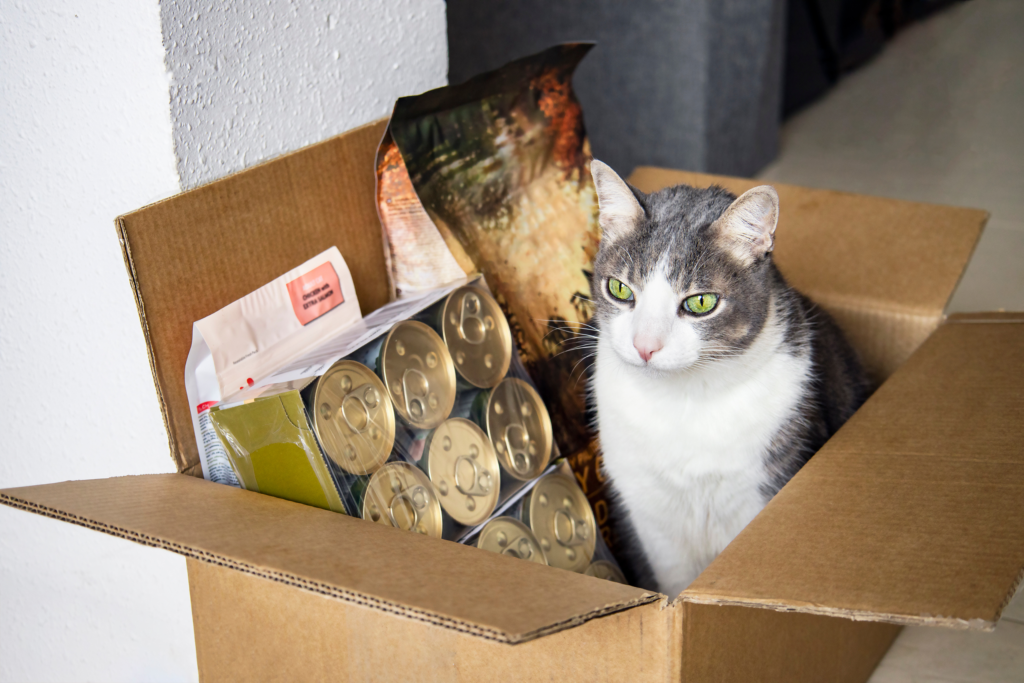It is no surprise that winter can make everyone a little jumpy, constantly juggling to take measures to keep yourself and everyone around you warm and light. Winter does call for an extra layer of protection in practically all aspects, including your cat’s diet. The transitional weather conundrum also surfaces in your furry friend’s life. With the changing weather, you may want to consider changes in your cat’s lifestyle and dietary habits.
Diets grow in winter and fall in summer
Your cat’s diet is inversely proportional to the temperature outside. Studies say that cats eat comparatively more in winter than in summer. The reason behind this variation in diet is the need for warmth by cats during winter, whereas the demand for more relaxation during summer. The calorie requirement of your cat shoots up during cold weather.
As the temperature falls, the need for energy dosage of your furry pal goes up. The extra requisite of energy is to be fueled through a diet rich in calories. Monitoring and reviewing your cat’s diet is essential to ensure they are fed sufficiently and adequately, ruling out the risk of obesity.
Planning Winter’s diet for your favourite meow
As mentioned already, your cat’s need for calorie consumption grows to keep them warm and prepared for the plunge in temperature. A change in your cat’s diet is highly required to meet the changing bodily demand. Fats and proteins should find a suitable and consistent place in your cat’s diet. Include white meat in the meal, for instance, chicken and turkey, fish and other fresh meat. Protein intake is crucial for health as they develop the bones, ligaments, muscles, tendons etc.
Dry food is considered nutritious, but do not neglect wet food as it preserves energy and provides comparatively more warmth to your feline companion. Feed them warm, damp food to keep them energised and hydrated. Other essential nutrients such as Vitamin A, fatty arachidonic acid, amino acid, and so on should be included routinely in the diet to maintain the health bar.
Selecting Bowls and Dishes
After formulating the perfect diet chart, it’s time to get the second most important thing done. The important thing is selecting the ideal bowl best suited for winter. Strictly avoid metal dishes as they absorb cold steadily. Instead, choose plastic or ceramic bowls, which don’t soak up cold. It would be even better if the container were dark-coloured as they assimilate heat from the sun keeping the food warm.
The importance of water can’t be emphasised enough. Be it scorching heat or haunting winter; your pet needs to stay hydrated irrespective. Keep a bowl of fresh water handy and close to your pet, so they don’t fetch contaminated water and fall sick. Electric or solar power dishes are highly recommended, for they don’t permit ice formation.
Picking Between Indoors and Outdoors
Dietary habits and practices also vary depending on whether it’s an indoor or outdoor cat. If your cat prefers eating outside, ensure that the food station has a well-built roof and is off the ground. Use plastic or solar bowls to keep the food warm and healthy for your pal. A dish of fresh water should be available, and make sure to change the water routinely.
Indoor cats living in a heated environment tend to have minimal effects from the temperature drop. With the outings going down, muscle activities also reduce, which can run the risk of obesity in your pet. Engage them with toys that require an adequate proportion of movement.
Housepets get less affected by sudden changes in weather. But it’s always better to be prepared instead of waiting for the inevitable. A bit of care and attention towards diet will relieve you from the perpetual fear of your darling taking in sick. Always consult your vet when in doubt about your kitty’s health. Book an appointment at Jaldee Vets to get the necessary consultation for your baby creature.

